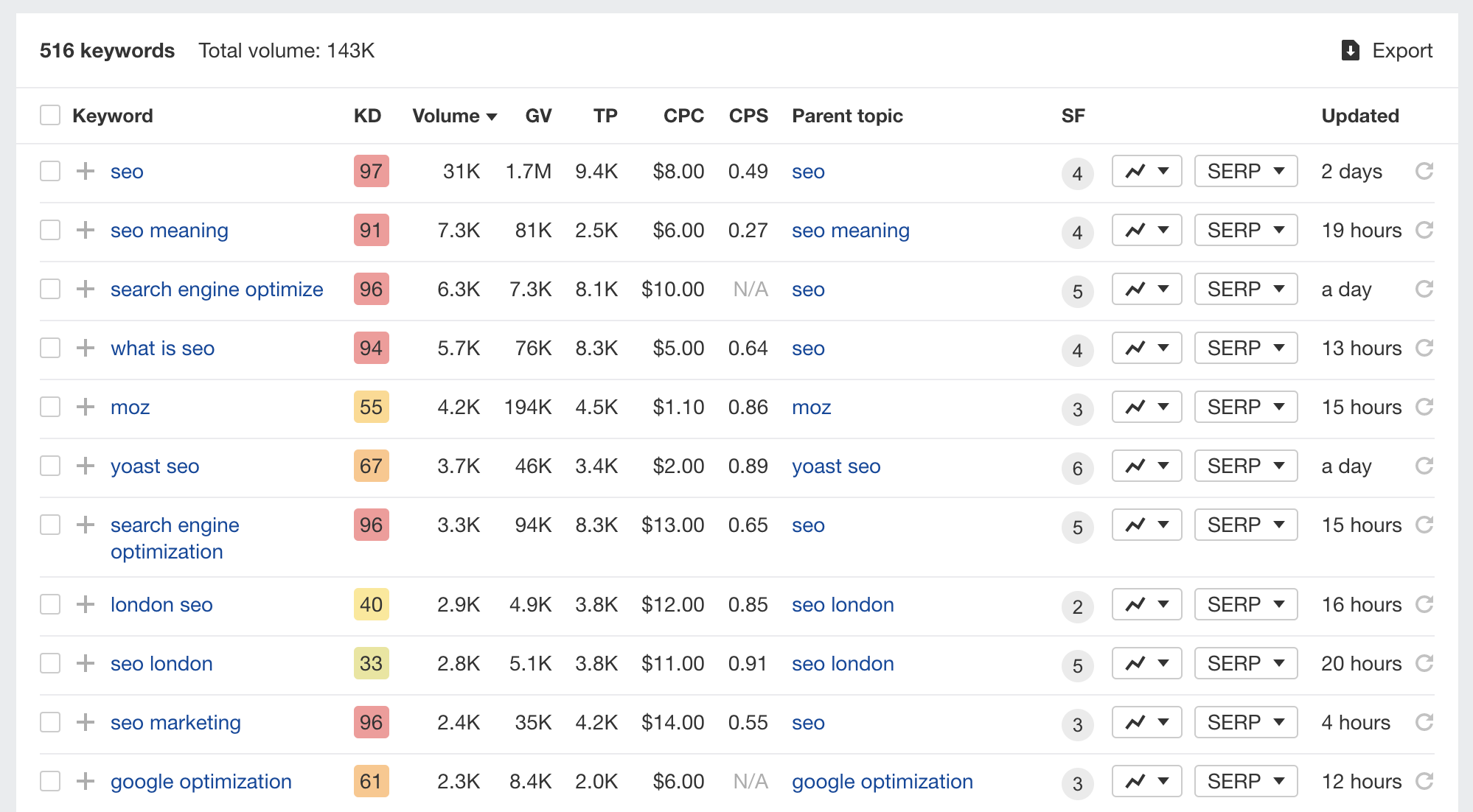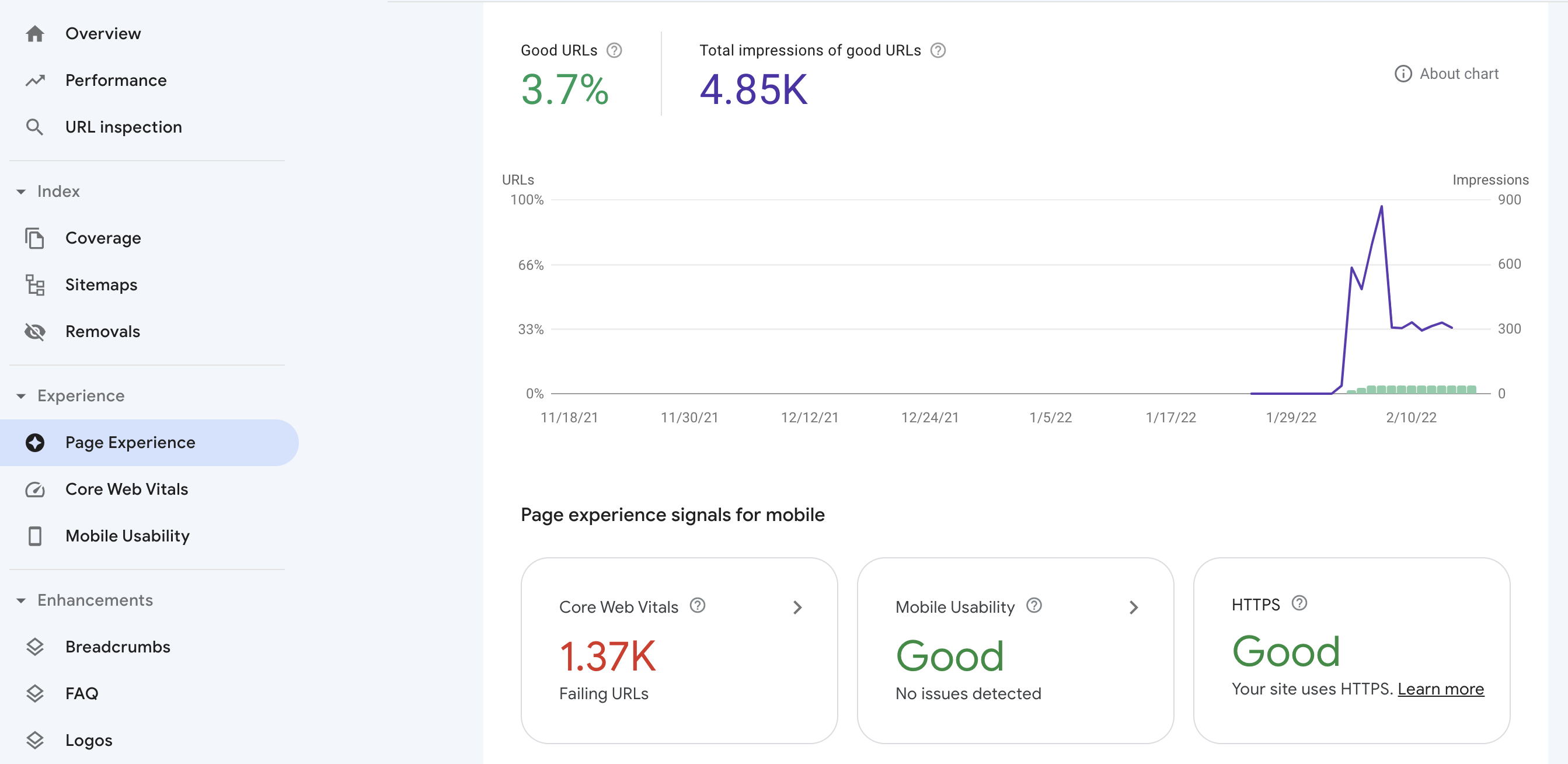3 min read
Honchō Scoops Up Two UK Search Awards!
It’s official, we've added not one, but two shiny trophies to our awards cabinet! We’re over the moon to share that we’ve triumphed at the UK Search...
In 2022, SEO remains an increasingly important marketing channel that will help your business compete with its main competitors. Increasing your website’s visibility on search engines can significantly improve your website’s traffic, sales and leads.
With Google and other search engines updating their search algorithms hundreds of times every year, SEO is a dynamic and ongoing process – and it’s important to stay ahead of the curve.
So, how do you improve your brand’s rankings in 2022? What are the best SEO tips and practices to follow? Honcho’s team of SEO experts have carried out their research and found some of the most important SEO practices in 2022:

Content is still one of the most important factors in SEO and so in 2022, it’s vital to continue to regularly post new, fresh and engaging content. Before writing the content, conduct keyword research to identify which main keywords your new page will target.
Include those main keywords within your content but be careful not to overstuff the keywords within the SEO content. A good rule of thumb is to imagine you’re reading your content to your audience. Ensure the content flows, makes sense and the keywords naturally appear in the content and not look like they’ve been forced in.
While creating new content is very important, don’t forget to continue updating your old content too. Make sure your old content doesn’t become outdated and is still relevant in 2022.
Updating your old content will also help it rank higher for the existing keywords it targets, and to potentially rank for more keywords.
While you’re updating your old content, why not link to some of the new relevant content you’ve recently published? This will help search engines find your new content and help it rank higher.
Everyone familiar with SEO will know that writing effective page titles, meta descriptions and headings are an important part of your SEO strategy, to help your pages rank for their desired search queries.
One SEO trend that’s becoming more common is A/B testing your headings and your metadata such as page titles and meta descriptions. It’s all about experimenting and testing which ones have a greater impact on your rankings and click-through rates. We recommend A/B testing one area at a time.
Use tools such as Google Search Console to track your rankings and click-through rates to determine which page titles, meta descriptions and headings are the most effective.
E-A-T (Expertise, Authoritativeness, Trustworthiness) is still a very important SEO factor in 2022. An increasingly common way to improve your website’s E-A-T is to create author pages. This is particularly important for websites with multiple regular authors writing their content.
Author pages are author profiles that give an overview of who the content’s author is and what expertise they offer. On your articles and other content pieces, link to the relevant author pages, thereby telling Google and other search engines who wrote the content.
This will help establish your authors as experts in their specialist areas and will help search engines trust the content on your website.

Page Experience is a group of signals measuring how your website’s visitors perceive the experience of interacting with your website. It includes four main areas: Core Web Vitals, mobile-friendliness, HTTPS and intrusive interstitial guidelines such as large pop-ups on the website.
Google will be regularly updating the Page Experience algorithms in 2022 so understanding the main Page Experience signals is important. An overview of your website’s Page Experience can be seen in your Google Search Console.
The biggest Page Experience signal is Core Web Vitals, which is a set of metrics that measure your website’s speed, responsiveness, and visual stability both on mobile and desktop. The Core Web Vitals section in Google Search Console will tell you how many URLs need improving and what the issues are for you to fix.
Images are an effective way to attract your users’ attention and improve their experience on your website but it’s also important that your website loads as fast as possible. Many large images can significantly slow down your website’s speed and frustrate your visitors.
Remember to reduce the file size of your images. Ideally, you want your image file sizes as small as possible without reducing the quality of your images. A good practice is to keep image sizes under 250KB.
You can use tools like Screaming Frog or Google Lighthouse to identify which images to optimise. Then, there are a range of image optimiser tools to help reduce the file size of your images. If you use a CMS like WordPress, there are image optimising plugins that will help you reduce your image file sizes in bulk.
Ensure that you also write alt text for all your images and if possible, include your webpages’ main keywords within the alt text. Alt text or alt tags are descriptions of your images that appear on your webpage if the image fails to load. The alt text helps search engines understand what your images are about. It helps to better rank your web pages and allows screen-reading tools to describe the images to visually impaired readers.

If you haven’t already, make sure you submit your XML sitemap to Google Search Console and Bing Webmaster Tools. Sitemaps are files that provide a list of your website’s pages, images and videos to search engines to help them better crawl your website.
You always want to make your sitemap as clear as possible for search engines. Usually, they’re a list of all the pages on your website that you want search engines to see.
Make sure you keep your sitemaps updated and that they only contain pages you want Google to view – not any error pages. It’s usually best practice to update your sitemap at least once a quarter but if you regularly update your website, it may be best to update your sitemaps once a month.
Internal links are links to other pages on your website and they help search engines and users navigate your website. The more internal links a webpage has, the more importance it will have in the eyes of search engines.
Ensure you link to the most relevant and important pieces of content that you want to rank well and that your readers will find valuable. In the text link (also known as anchor text), don’t just write ‘click here’ but instead include the main keyword the page you’re linking to is based on. This is another ranking signal that helps tell search engines what the page you are linking to is about.
Furthermore, be careful that you don’t have any orphan pages on your website. Orphan pages are pages that aren’t being linked to anywhere on your website and so are very hard to find by the search engines. You can use Screaming Frog, Oncrawl or other crawling tools to crawl your website and identify if you have any orphan pages. If you do want those orphan pages to rank, then ensure you link to them from relevant content pieces.
2022 will be a big year for SEO and these SEO best practices will help your company stay at the top of its SEO game.
Final tip: Be the last click! Make sure your webpage has met the needs of your visitors and they’ve found what they were looking for.
Any questions, feel free to reach out! Our SEO team is always happy to help.

3 min read
It’s official, we've added not one, but two shiny trophies to our awards cabinet! We’re over the moon to share that we’ve triumphed at the UK Search...

5 min read
Understand ecommerce attribution models which attribution models can maximise your marketing efforts and ROI.

3 min read
Explore how social commerce is changing the way we shop online, blending social interactions with digital commerce for a seamless buying experience.